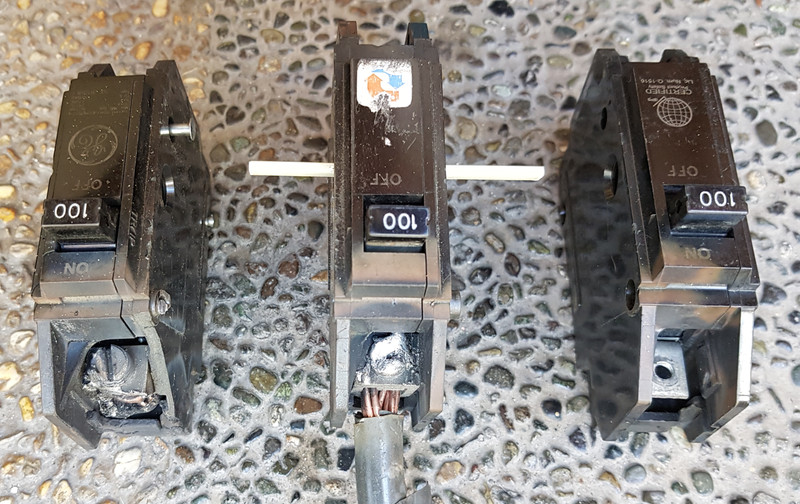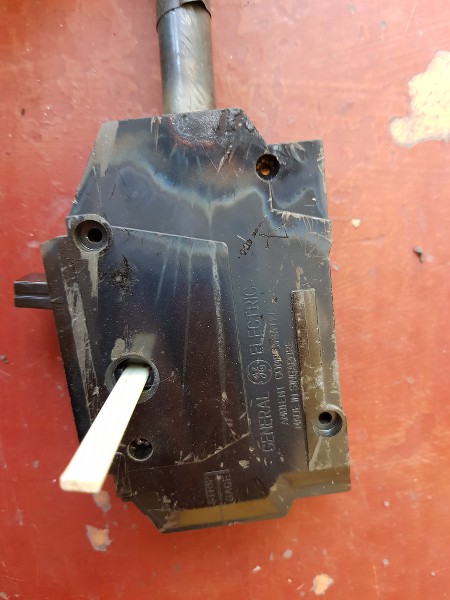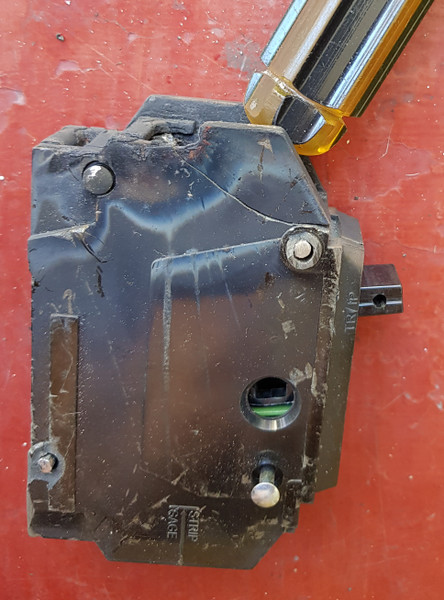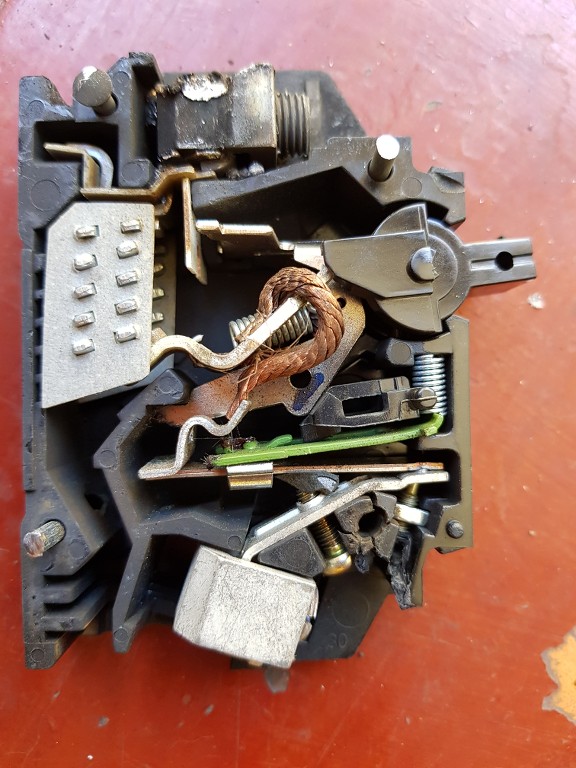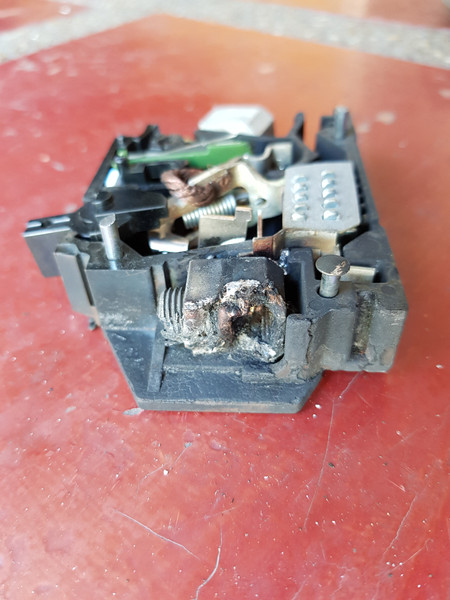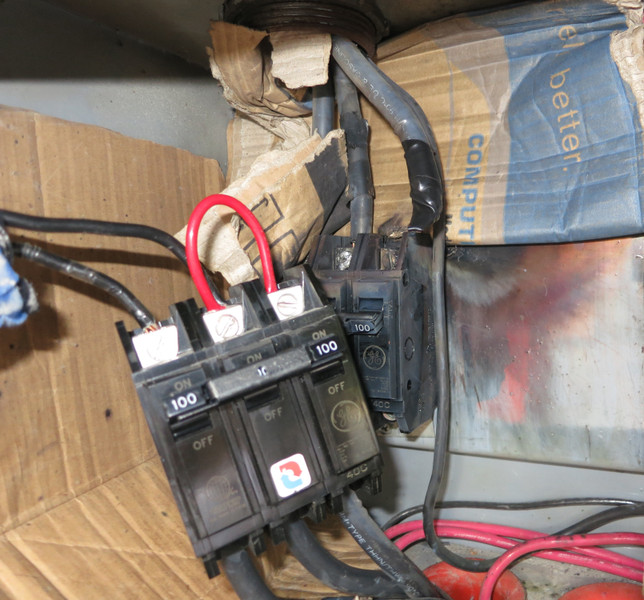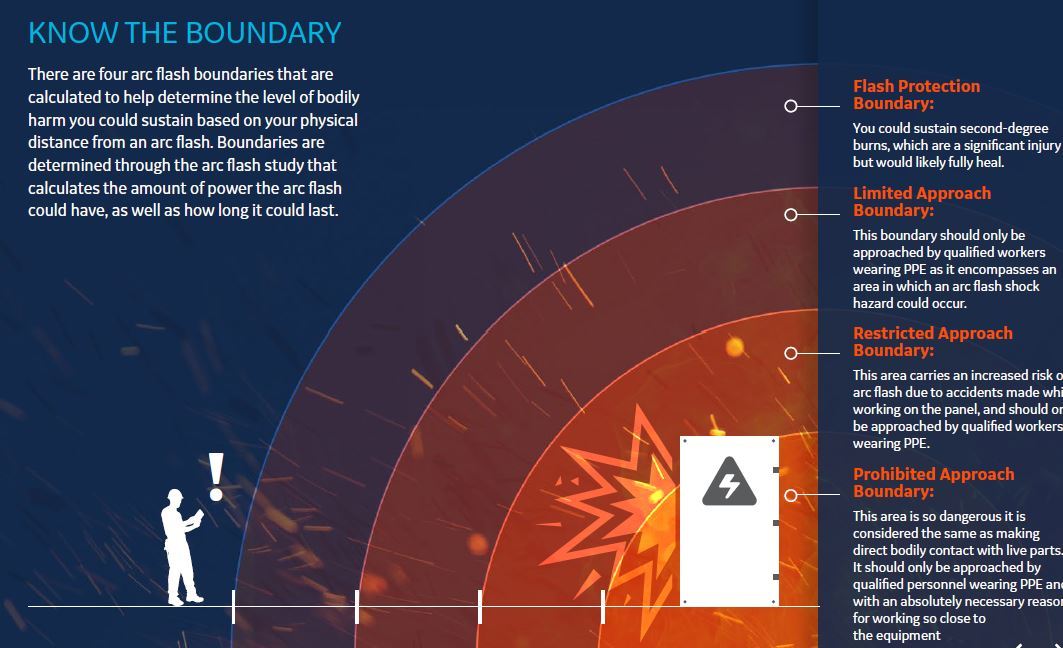The reasons I inquired about arc flash and asked a lot of questions all these months was because 4 years ago in year 2015. I witnessed an electrical accident by the contractor electrician in our office building. This was the reason I kept asking US electricians/engineers to learn why our local electricians were so inept. So consider me an engineer scrutinizing the safety of our contractor and electrician and this will be my last installation related question as I know I have reached the limit of what is possible.

In the above which occurred in year 2015. The contractor was asked to replace a breaker. He sent two electrician who convinced my boss that it's normal for them to replace a breaker live. All they did was put a lot of cardboard around it, then insulate each live wire. The electrician showed us his slippers and told us as long as his feet don't touch ground. He won't get electrocuted. When he inserted the third wire. There was a big flash which melted the screws and even affected the panel wall chassis. He later got second degree burn in his arms and some spark even reached his chest.
When the event occurred. We weren't exactly sure what caused it. The electrical engineer who was head of the contractor company didn't know either. Our electrical engineers only mostly signed and sealed plans and double check them. They don't have much field experience. Other become electrical engineers to sell products. So it was still bit of a mystery what occurred.
Until I read about arc flash weeks ago. What happened was initially when the his electrician companion tried to connect them live. He caused a short which deposited carbon all over the breaker. When the second electrician tried to connect them live again. The carbon caused an micro arc flash that burnt his arms and melted the screws and deposited the flash to the chassis wall?
Or was it not arc flash and just regular short which can do that? Arc flash should cause 3 meter wide effects. I was standing 1 meter from the panel and beside the two electricians so since it's only localized. It was not arc flash and just short? The breaker in the transformer didn't trip and there was no main breaker before the breaker in picture above.
After that incident. I was so afraid of electricity. Not only that. I don't trust the local electricians and even the contractor. Hence this was the reason I was asking advice from international forum like this. It's not for DIY (Do It Yourself) but just to scrutinize the local practice of electrician and engineers so I'd make sure I hire skilled ones.
Genuinely carbon initiated arc flash in the industry also exists. Remember the case of Donnie? In high power installation, it doesn't occur just from dropping tool but from carbonized particles from previous short or burn. So warning to all beginner electricians to be careful about carbonized initiated arc flash.
Also warning to all DIY. Don't do it yourself. Hire skilled technicians, engineers and electrician. And if they insist to do it live. Don't be near them. After the incident. I never allowed any live replacement or live works. And I don't go near them but via binocular. So don't worry about me DIY because I won't do that because I was scared already.
This will be my last inquiry about practices questions (I'd no longer bother you with any questions like this.. ok hbiss?) My last question now (to emphasize) is whether the above was caused by regular shorts or arc flash (with greater incident energy and source and load impedance that can cause arc flash). During bolted short in the main panel with your regular 120/240v split phase (not the 480V industrial power), can it also do the above and burn the hands of the electrician by the energy of the short (not directly getting shock) or is it really a micro arc flash that can deposit those energy and reached the arms of the electrician and caused second degree burn?




